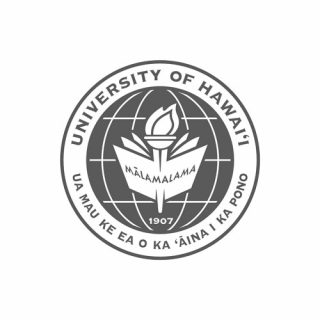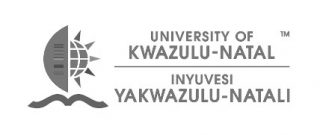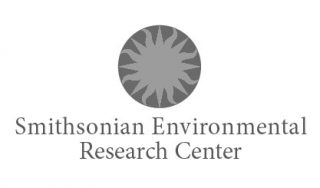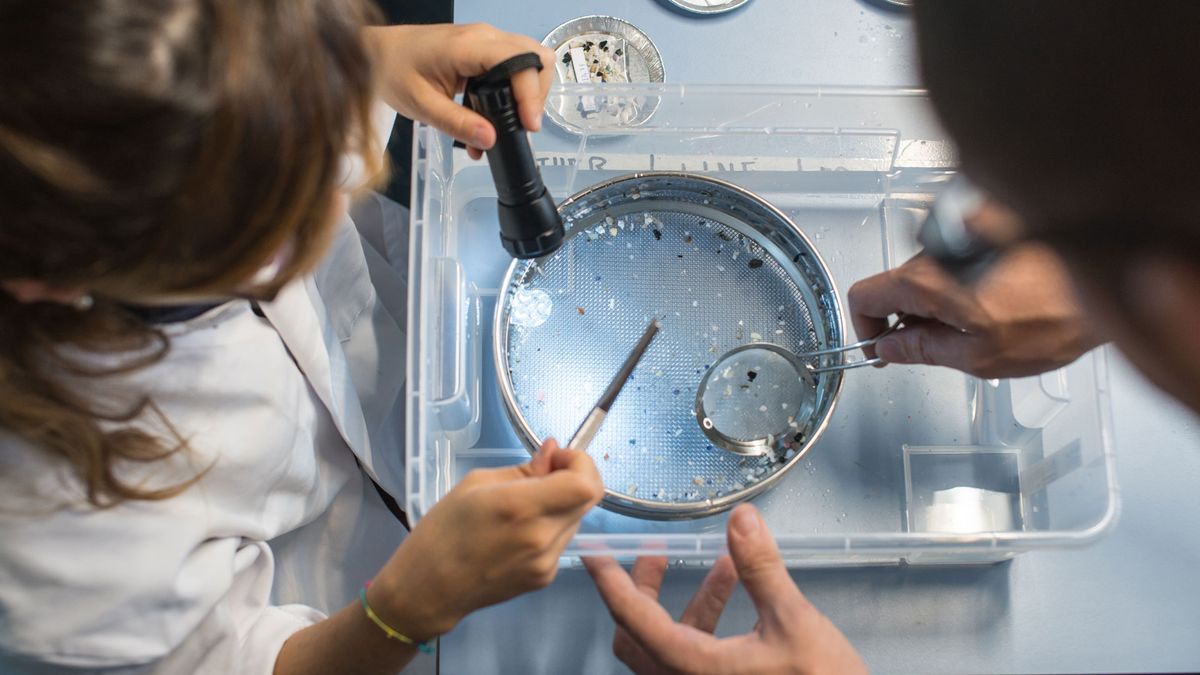
Research
We research plastic pollution to better understand the problem and develop more effective cleanup solutions. Our ambition is to become a knowledge hub for plastic pollution, sharing our research openly. Additionally, as we quantify and document our river and ocean catch, we can measure the efficacy of upstream mitigation measures—a key step towards a plastic-free ocean.
Researching ocean plastics
Plastic in the ocean accumulates in so-called garbage patches. Our ocean plastic research is not only relevant to improve our cleanup operations, but it also contributes to the global understanding of the problem.
CONTINUOUS MONITORING OF THE GPGP
Between 2015 and 2018, we mapped the Great Pacific Garbage Patch (GPGP) and painted the first global picture of it. We estimate that up to 100,000 metric tons of floating plastic has accumulated around 1.6 million square kilometers in this area.
As the only organization operating at scale in this region, we have a unique opportunity to enrich the global understanding of the GPGP–and optimize how we clean it up. In addition, continuous monitoring also offers data for policy-making and policy assessment. Here’s a list of some of our GPGP research.

NUMERICAL MODELING
Numerical modeling is essential for pinpointing the current location of plastic accumulation hotspots in the ocean. With this information, we can actively steer our ocean cleanup system toward areas of high concentration, making the cleanup more efficient.
Refining these models is an ongoing effort, as even incremental improvements to our models can substantially impact our cleanup efficiency.
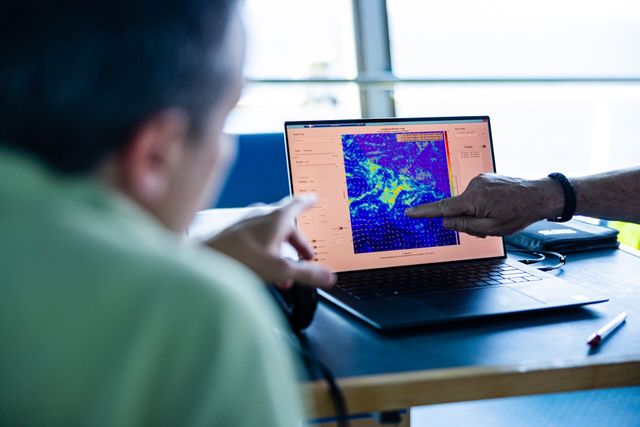
Researching river plastics
Rivers are the main route through which mismanaged plastic waste is transported from land to the ocean. Our researchers map these rivers and identify leading sources of plastic pollution to build and refine computational river-to-ocean emission models.
OBSERVATIONAL DATA
Our research team conducts field sampling to measure the amount of plastic emissions from rivers to the ocean and lab experiments to understand how plastic behaves under different conditions. This information allows us to continuously improve our modeling methodology and obtain a more accurate global mapping of sources of plastics in the ocean.
To accurately predict plastic emissions from rivers, we have started several multi-year monitoring campaigns across three continents. This data not only helps us identify the best place to deploy our Interceptors – it also informs governments in taking upstream mitigation measures and raising awareness of environmental issues impacting local communities.

COMPUTATIONAL MODELING
To understand how plastic emissions make their way into the ocean, our research team develops numerical models that study the transport and emission of plastics from rivers. Our research has identified 1000 rivers that emit nearly 80% of the world’s river plastic into the ocean. By targeting these rivers, we can drastically reduce the influx of plastic into the ocean.
Our research team is further refining this model by improving input data, accounting for multiple source scenarios, different land use, topography and seasonal variations.

Advanced plastic detection technology
Rapidly evolving technologies such as artificial intelligence and remote sensing technology allow us to automate data gathering on floating plastic accumulation. By allowing us to understand greater quantities of data, this technology accelerates our understanding of the problem and our development of solutions.
RIVER MONITORING SYSTEM
Our team places cameras on bridges as part of our River Monitoring System (RMS). These cameras capture images of plastic debris in rivers, with images used to train AI models to identify and categorize plastic pollution. Understanding how plastic emissions change due to geographical and seasonal variations lets us target cleanup efforts more efficiently. This monitoring also helps measure the effectiveness of preventive measures against plastic pollution.

AUTOMATED DEBRIS IMAGING SYSTEM (ADIS)
Plastic in the global ocean is widely spread out, unevenly distributed, and constantly shifting: there may be dense levels of plastic in one area but not in another at any time. To succeed, our cleanup requires access to up-to-date information on where plastic is at any given moment.
Our innovative Automated Debris Imaging System (ADIS) monitors and maps the distribution of plastic debris in the oceans, pioneering in the field of ocean plastic detection. AI-powered cameras mounted on seafaring vessels collect surface imagery and analyze big data in real-time.
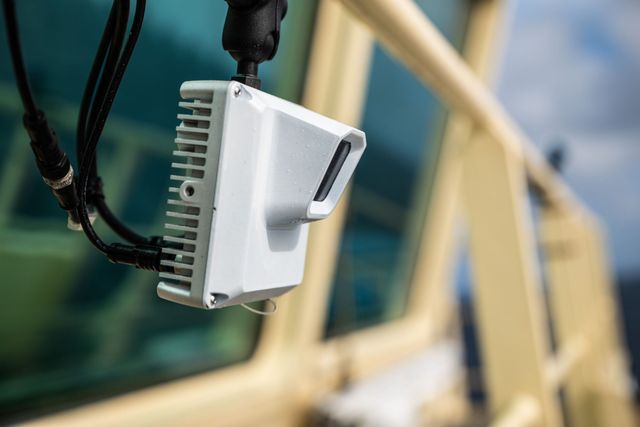
SATELLITE REMOTE SENSING
Ocean plastics are hard to detect, far away from land, and scattered over hundreds of thousands of square kilometers. River plastic emissions can also be difficult to quantify if rivers are inaccessible. Remote sensing of plastic litter has the potential to map hotspots of plastic pollution worldwide, helping us focus on the effective deployment of cleanup solutions.
Although satellite remote sensing for plastics in the open ocean isn’t feasible yet, The Ocean Cleanup contributes to the pioneering work in the broader research community through our own lab experiments and collaborations with academic partners.
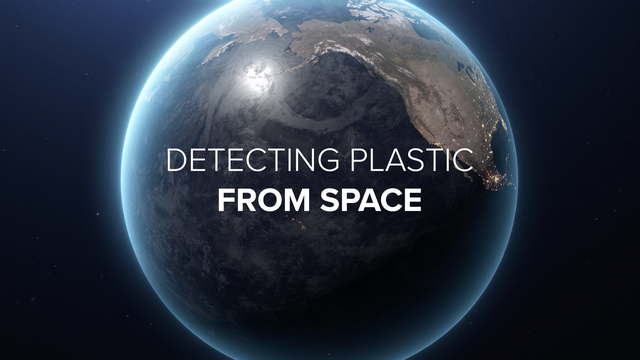
Become a citizen scientist
Join the largest cleanup in history by becoming a Citizen Scientist. You can help The Ocean Cleanup gather data on plastic in waterways around the world using our Ocean Cleanup Survey App. Data gathered are used to optimize our global cleanup strategy. All you need is a smartphone and a passion to work on this important environmental issue. Every data point counts!
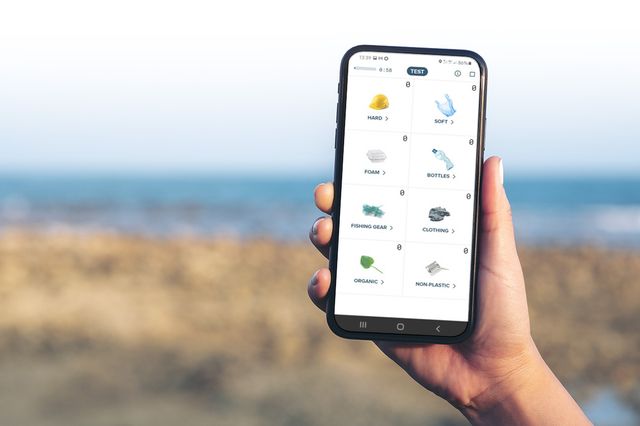
Latest scientific publications
-
Highly engaged marine users can help monitor marine plastic pollution in under accessed environments
October 2025, article in a peer-reviewed journal
Ocean & Coastal Management -
Plastic pollution: A potential vector of both pathogens and probiotics for corals on the Mascarene Ridge, Indian Ocean
October 2025, article in a peer-reviewed journal
Deep Sea Research Part II: Topical Studies in Oceanography
Join the cleanup
-

Support the project
Help us continue advancing the scientific knowledge of the plastic pollution problem and clean it up.
-

Join our crew
Contribute your skills, and build a cleaner future with us. We're always looking for dedicated and inventive minds to join our crew. You can also volunteer your time by becoming a citizen scientist.
-
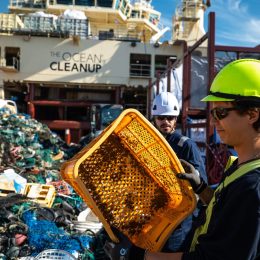
Reach out
Get in touch if you have questions about our research or would like to get access to specific research data.












